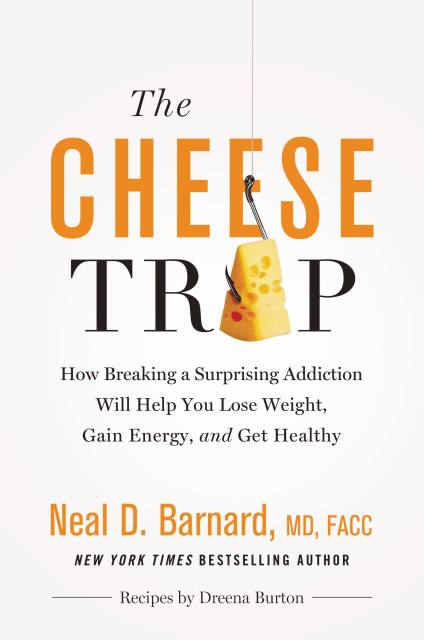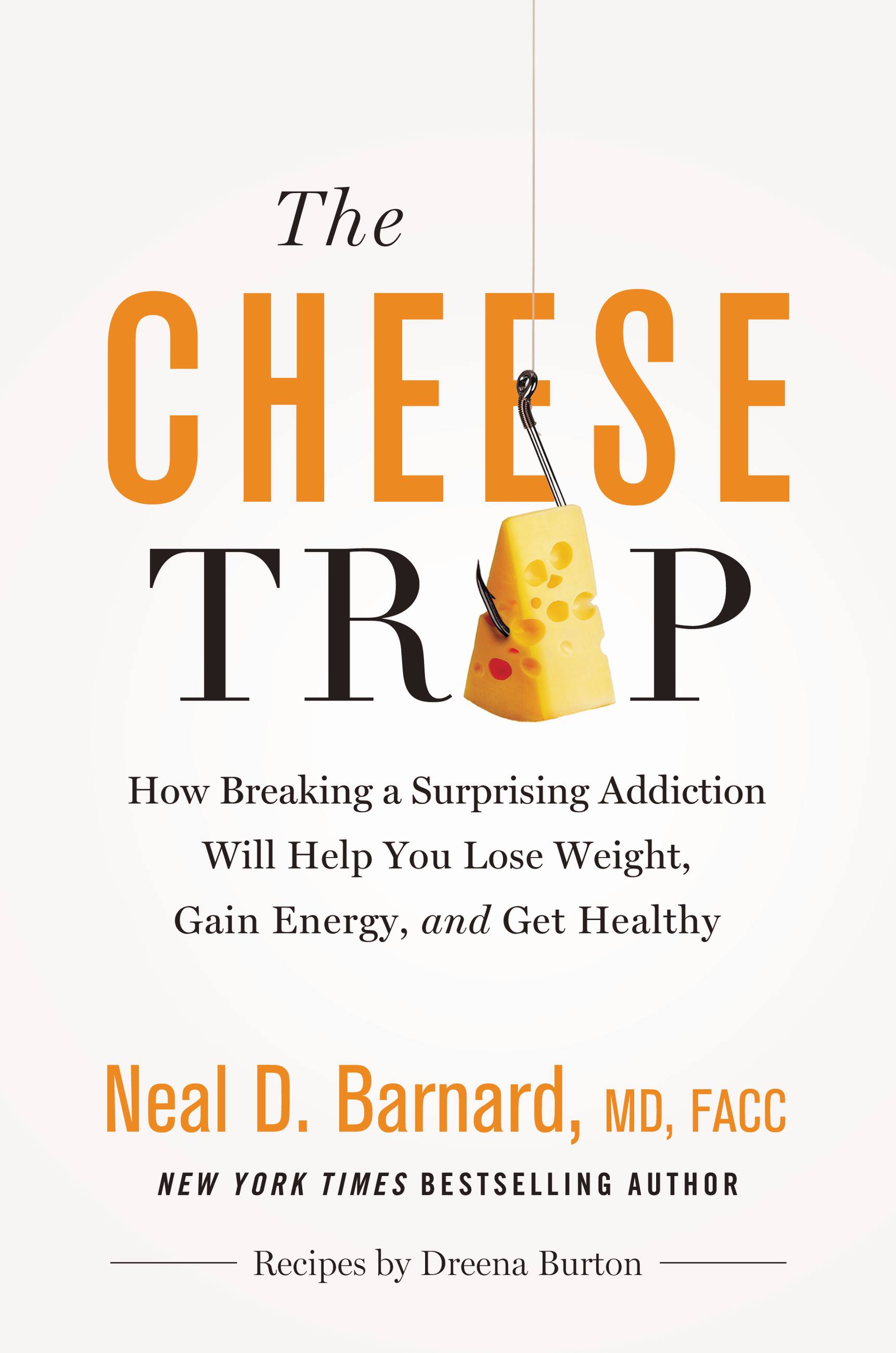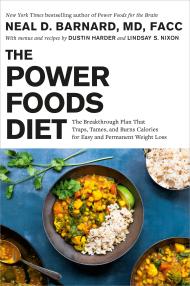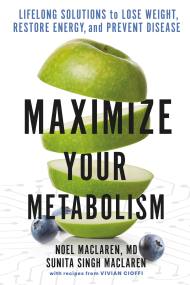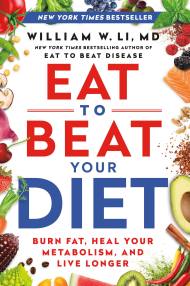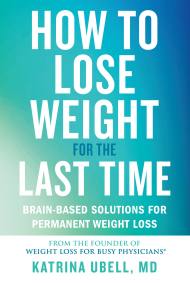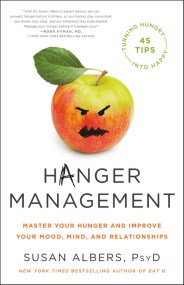Promotion
Use code MOM24 for 20% off site wide + free shipping over $45
The Cheese Trap
How Breaking a Surprising Addiction Will Help You Lose Weight, Gain Energy, and Get Healthy
Contributors
By Neal D Barnard, MD, MD, FACC
Foreword by Marilu Henner
Formats and Prices
Price
$13.99Price
$17.99 CADFormat
Format:
- ebook $13.99 $17.99 CAD
- Hardcover $29.00 $37.00 CAD
- Audiobook Download (Unabridged)
- Trade Paperback $17.99
This item is a preorder. Your payment method will be charged immediately, and the product is expected to ship on or around February 28, 2017. This date is subject to change due to shipping delays beyond our control.
Also available from:
New York Times bestselling author Dr. Neal Barnard reveals the shocking truth about cheese-the dangerous addiction that is harming your health-and presents a radical program to lose weight and feel great.
We’ve been told that dairy does a body good, but the truth is that cheese can be dangerous. Loaded with calories, fat, and cholesterol, cheese can make you gain weight and leads to a host of health problems like high blood pressure and arthritis. Worse, it contains mild opiates that make it additive, triggering the same brain receptors as heroin and morphine.
In The Cheese Trap, Dr. Neal Barnard presents a comprehensive program to help readers break free of their cheese addiction so they can lose weight, boost energy, and improve their overall health. This easy-to-follow diet features a treasury of healthy recipes that will tame even the toughest cravings-from pizza, to lasagna, to ice cream and cheesecake.
We’ve been told that dairy does a body good, but the truth is that cheese can be dangerous. Loaded with calories, fat, and cholesterol, cheese can make you gain weight and leads to a host of health problems like high blood pressure and arthritis. Worse, it contains mild opiates that make it additive, triggering the same brain receptors as heroin and morphine.
In The Cheese Trap, Dr. Neal Barnard presents a comprehensive program to help readers break free of their cheese addiction so they can lose weight, boost energy, and improve their overall health. This easy-to-follow diet features a treasury of healthy recipes that will tame even the toughest cravings-from pizza, to lasagna, to ice cream and cheesecake.
Genre:
- On Sale
- Feb 28, 2017
- Page Count
- 288 pages
- Publisher
- Grand Central Life & Style
- ISBN-13
- 9781455594665
Newsletter Signup
By clicking ‘Sign Up,’ I acknowledge that I have read and agree to Hachette Book Group’s Privacy Policy and Terms of Use
